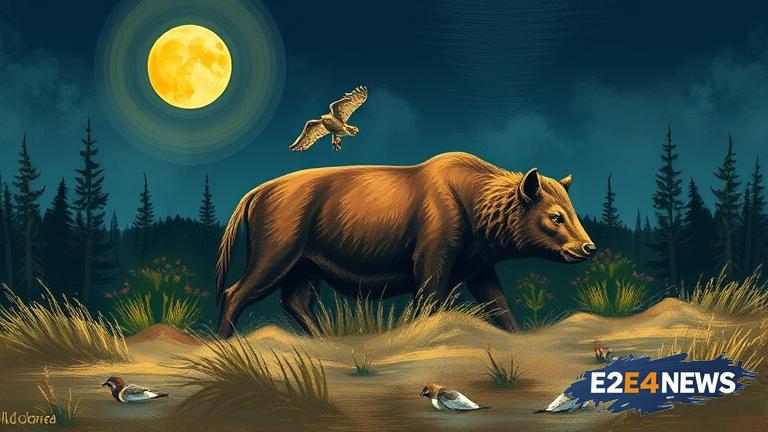Colorado, known for its breathtaking natural beauty, is home to a wide variety of wildlife. While many of these species are harmless, some can be deadly. The state’s diverse landscape, which includes mountains, forests, and plains, provides a habitat for numerous animals, including some that are considered dangerous. One of the most iconic and feared animals in Colorado is the mountain lion. Also known as cougars or pumas, these big cats are found throughout the state and are capable of inflicting serious injury or death. Another dangerous species found in Colorado is the black bear. While attacks on humans are rare, black bears can become aggressive if they feel threatened or if they are protecting their young. Colorado is also home to a large population of rattlesnakes, including the western diamondback rattlesnake, which is one of the most venomous snakes in North America. Other dangerous wildlife in Colorado includes coyotes, bobcats, and elk. Coyotes, in particular, have become increasingly common in urban areas and can pose a threat to pets and humans. Bobcats, while generally solitary and elusive, can be aggressive if cornered or threatened. Elk, on the other hand, are known for their impressive antlers and can be dangerous during mating season. In addition to these species, Colorado is also home to a variety of other wildlife, including deer, bighorn sheep, and mountain goats. While these animals are not typically aggressive, they can still pose a threat to human safety if they are approached or handled improperly. To protect yourself from Colorado’s dangerous wildlife, it is essential to take precautions when outdoors. This includes making noise while hiking, staying on designated trails, and keeping a safe distance from any wildlife you encounter. It is also important to be aware of your surroundings and to watch for signs of wildlife, such as tracks or scat. If you do encounter a wild animal, it is crucial to remain calm and to follow proper protocols for safely deterring the animal. In the event of an attack, it is essential to seek medical attention immediately. By taking the necessary precautions and being aware of the potential dangers, you can enjoy the beauty of Colorado’s wildlife while minimizing the risk of an encounter gone wrong. The state’s wildlife experts and park rangers offer guided tours and educational programs to teach visitors about the importance of respecting wildlife and their habitats. Furthermore, the Colorado Parks and Wildlife Department provides resources and information on how to safely coexist with wildlife, including tips on how to prevent encounters and what to do in case of an attack. Overall, Colorado’s diverse wildlife is an integral part of the state’s natural beauty, and by taking the necessary precautions, visitors and residents can enjoy the outdoors while minimizing the risk of an encounter with dangerous wildlife. With its stunning landscapes and abundant wildlife, Colorado is a nature lover’s paradise, and with the right knowledge and precautions, it can be a safe and enjoyable destination for outdoor enthusiasts. The state’s unique blend of mountains, forests, and plains creates a habitat for a wide range of species, and its wildlife is an essential part of its natural charm. Whether you are a seasoned outdoorsman or just visiting Colorado for the first time, it is essential to be aware of the potential dangers that exist in the state’s wild areas. By being informed and taking the necessary precautions, you can have a safe and enjoyable experience in Colorado’s great outdoors. In conclusion, Colorado’s wildlife is a vital part of the state’s natural beauty, and while some species can be deadly, the risk of an encounter can be minimized by taking the necessary precautions and being aware of your surroundings.





